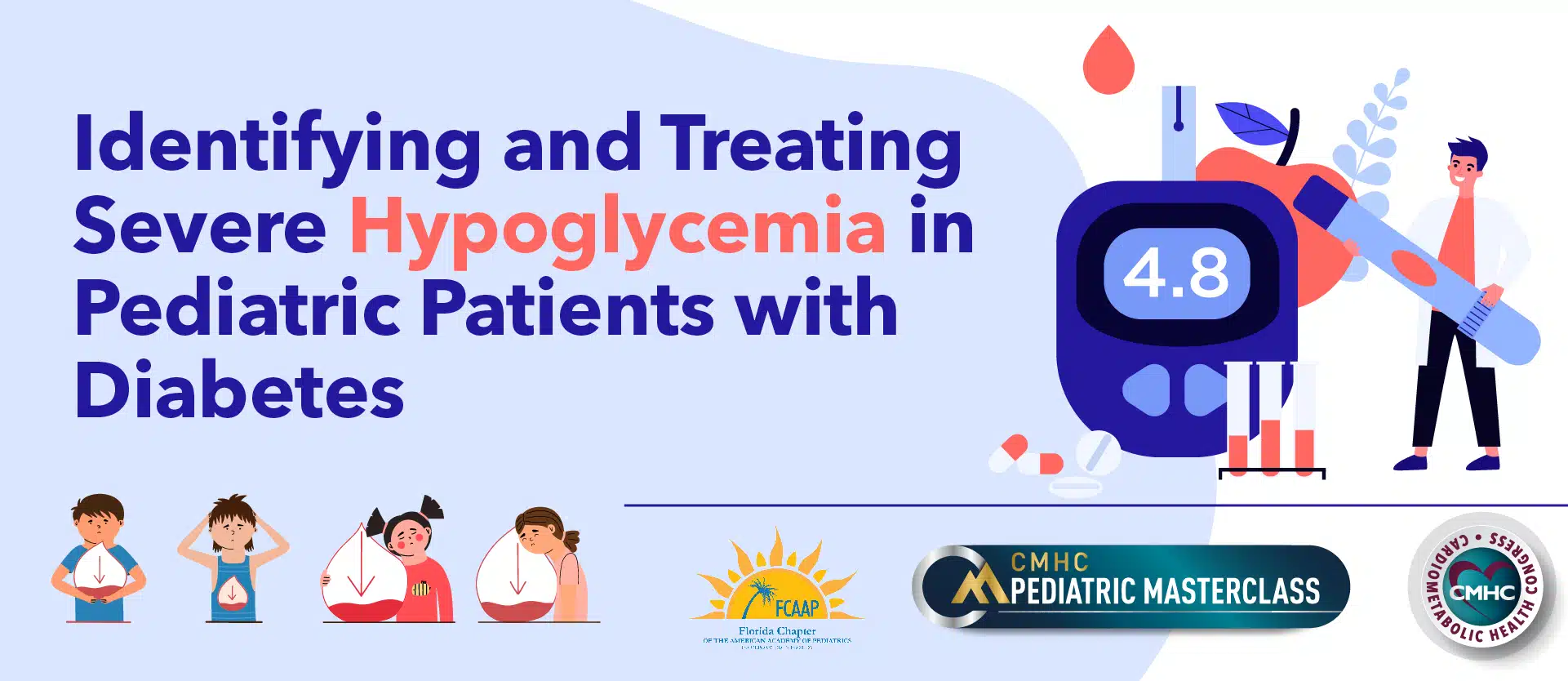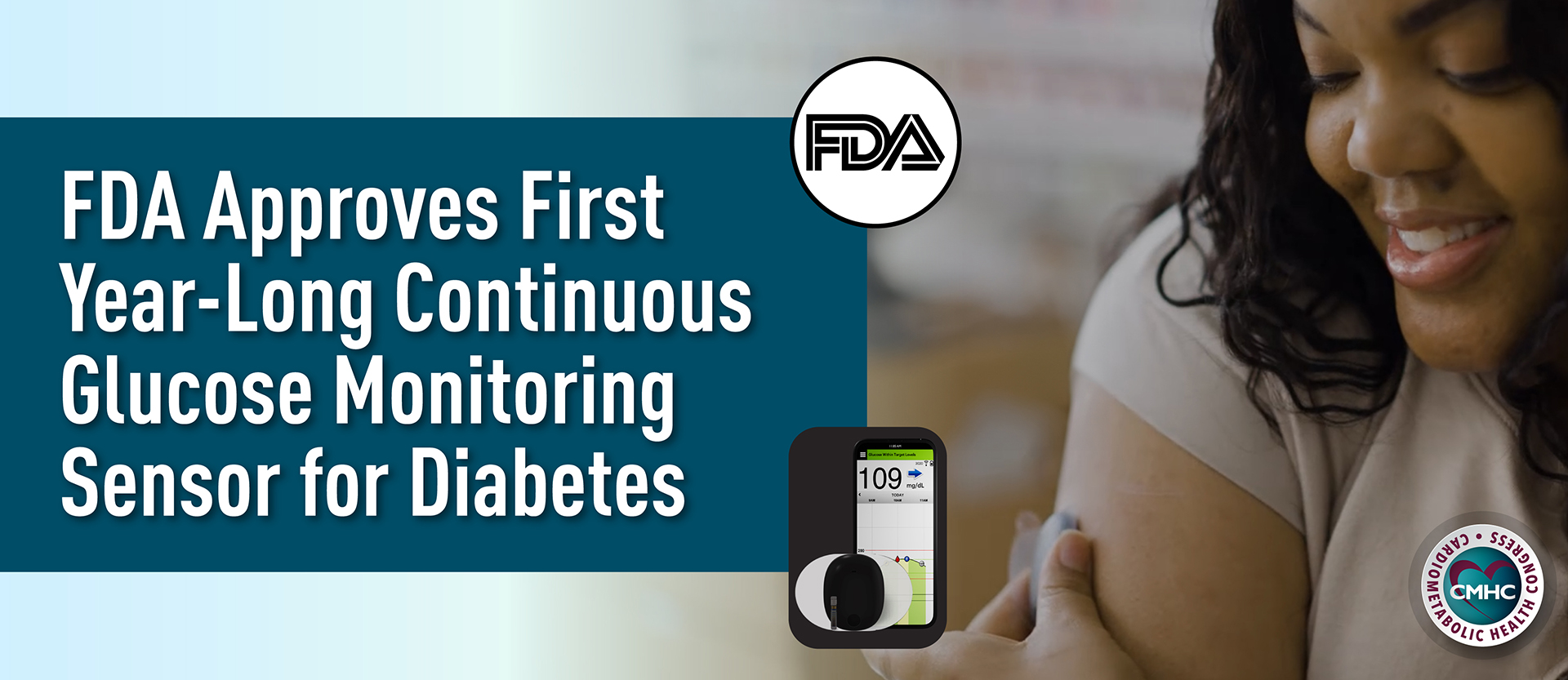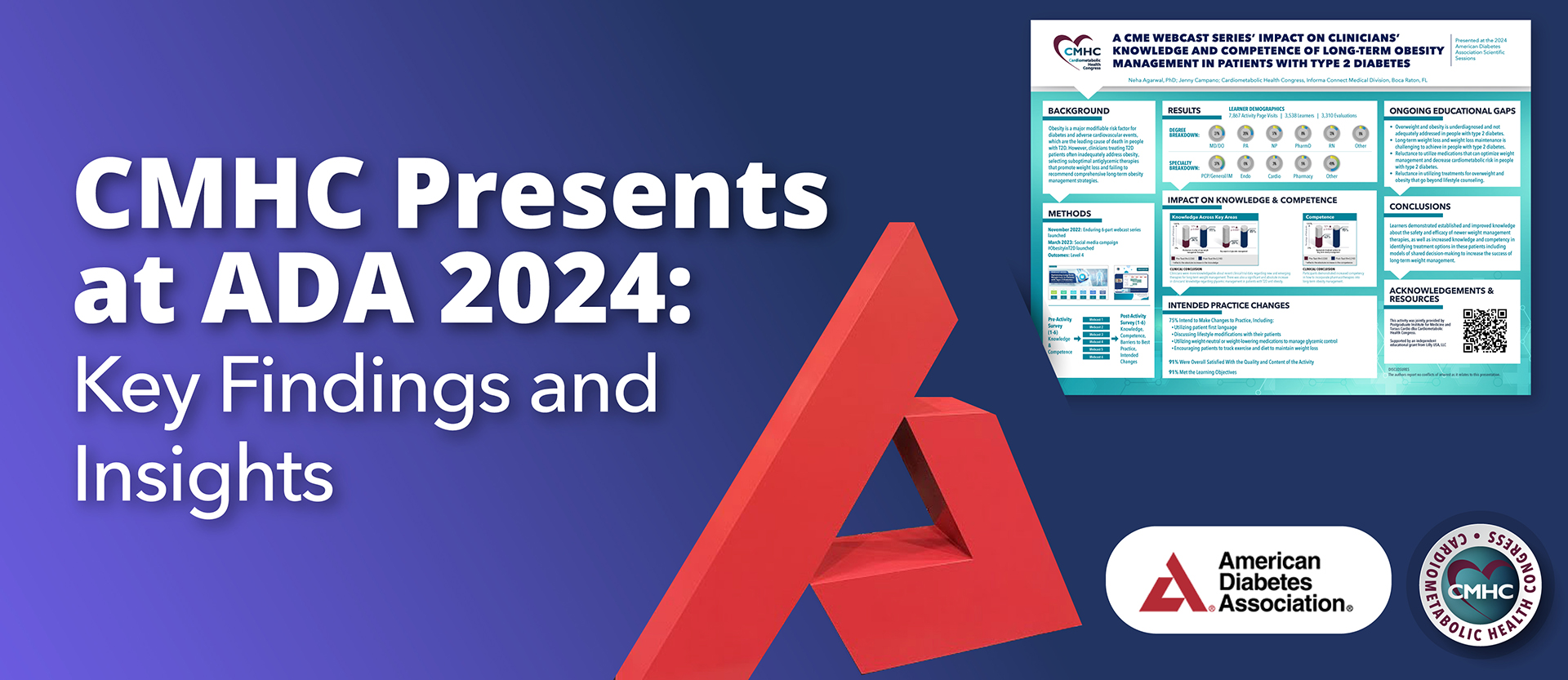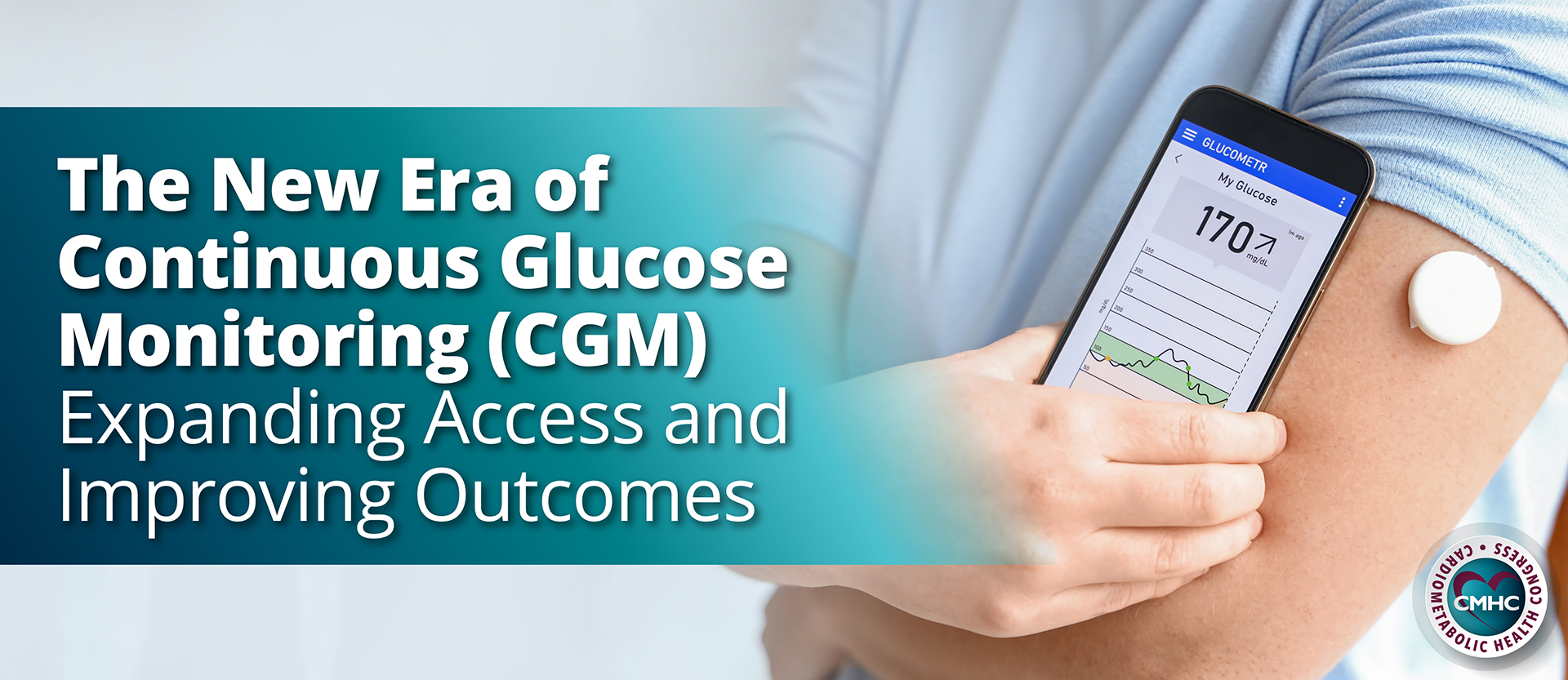Hypoglycemia is estimated to affect 47-83% of patients with diabetes and is a common side effect of several diabetes medications, but is particularly associated with the use of insulin and sulfonylureas. Frequent hypoglycemic episodes are associated with increased cardiovascular risk, potentially leading to the development of hypoglycemia unawareness which decreases the individual’s ability to discern whether they are experiencing an episode.
Pediatric patients with type 1 diabetes (TID) and type 2 diabetes (T2D) at risk for hypoglycemia face a major obstacle in achieving glycemic control – this can increase overall morbidity and mortality. The national burden of hypoglycemia is also significant – in 2014 in the U.S., it was estimated that one episode of severe hypoglycemia requiring the assistance of a health care provider cost an average of $1161.8. Between 2007 and 2011, nearly 100,000 people with diabetes were treated in emergency rooms for hypoglycemia annually at a cost exceeding $100 million.
Fear of hypoglycemia, which can co-occur with hypoglycemia unawareness, can lead to dangerous behaviors, such as avoiding diabetes treatments or increasing the frequency of monitoring. Severe hypoglycemia is a potentially life-threatening event; several clinical trials have demonstrated that even a single episode of severe hypoglycemia can increase the risk of subsequent mortality and cardiovascular events. Both prevention and treatment of hypoglycemia is crucial to optimize patient outcomes, and clinicians would benefit from additional education to help them better prevent, identify, or treat hypoglycemia in their patients with diabetes.
However, the definition of hypoglycemia is a clinical challenge and health care providers should rely more on clinical judgement about the severity of hypoglycemic events rather than on predetermined values. Additional research to improve the understanding of hypoglycemia is needed.
Clinical Practice Gap: Educational Need
- Clinical Practice Gap: Hypoglycemia prevention remains one of the largest unmet needs in diabetes management. Despite the advances in efficacy and safety of diabetes medications, results show that hypoglycemia incidence remains high, and real-world data have demonstrated that hypoglycemic episodes are much more common than what’s reported in randomized clinical trials (Johnson-Rabbett 2019). An analysis from the global Hypoglycemia Assessment Tool (HAT) study, which was designed to assess the global incidence of hypoglycemia in T1D and T2D patients treated with insulin, reported that hypoglycemic events were observed in 97.4% of T1D and 95.3% of T2D patients during a one-month follow-up (Emral 2017). Screening for hypoglycemia unawareness to identify patients at increased risk of severe hypoglycemic events should be part of routine diabetes care (Kahkoska 2018), however, often the consequences of hypoglycemia are underappreciated, especially in patients with T2D.
- Educational Need: Clinicians should be aware risk factors, as well as strategies for prevention and screening of hypoglycemia in patients with diabetes. Most commonly in patients with T1D and T2D, hypoglycemia is often associated with the use of insulin or insulin secretagogues. However, a wide range of factors and comorbidities can increase hypoglycemia risk. These include hypoglycemia unawareness (particularly in younger children), compromised counterregulatory hormone defects, missed meals, exercise, sleep, and in adolescents, alcohol consumption. Given the impacts, professional societies have constantly updated the definitions of what constitutes hypoglycemia, with the most recent classification put forth by a consensus statement from the American Diabetes Association (ADA) and the European Association for the Study of Diabetes (EASD). This guideline has been adopted by most providers and organizations across the diabetes care community.
- Clinical Practice Gap: Treatment of hypoglycemia beyond the administration of carbohydrates is challenging, and clinicians may not be aware of the relatively recent advancements in glucagon delivery to address severe and life-threatening hypoglycemia. Significant improvements in glucagon delivery in recent years, including intranasal glucagon and stable soluble glucagon available in autoinjector pens, have the potential to improve the treatment of severe hypoglycemia, however, clinicians that treat patients with diabetes may not be aware of their efficacy and safety. The primary management of hypoglycemia involves the administration of glucose, however for individuals at increased risk of level 2 and 3 hypoglycemia, or for those not unable or unwilling to consume glucose orally, glucagon administration should be prescribed. However, until recently, available glucagon injectable preparations were cumbersome, difficult to use, and not easily acceptable by many patients. As such, the outcomes depended not only on the efficacy of glucagon, but on the ability of a caregiver to actually administer the drug timely and correctly in a setting of severe hypoglycemia, which by definition requires external assistance, partly because of the limiting factor of available glucagon formulations.
- Educational Need: Clinicians that treat patients with diabetes need to be aware of the recent advances in glucagon delivery for the treatment of severe hypoglycemia. Because of its biological actions, glucagon has an established role in the acute treatment of hypoglycemia. However, the instability of traditional glucagon powder in aqueous solution has limited its utility outside of the emergency setting, as prompt utilization after reconstitution is required. New and more stable formulations of glucagon have recently become available, which provide an opportunity to expand its role in the prevention and management of hypoglycemia. These include intranasal glucagon and stable soluble glucagon available in autoinjector pens, both of which were FDA-approved in 2019 and are included in the ADA’s 2020 Standards of Care for the management of hypoglycemia. Intranasal glucagon is a ready-to-use drug-device combination that treats severe hypoglycemia in people with diabetes over four years old. Key studies that evaluated the efficacy and safety of nasal glucagon involved a simulated usability study, as well as adult and pediatric randomized and real-world studies. In two randomized adult studies, nasal glucagon was shown to be noninferior to traditional glucagon for the treatment of insulin-induced hypoglycemia in patients with T1D. A study in children and adolescents 4-17 years-old with T1D also demonstrated noninferiority compared to intramuscular glucagon injection in treating severe hypoglycemia, with increases in plasma glucose similar between the treatment groups.
It is important that clinicians ask the patient about symptomatic and asymptomatic hypoglycemia during each diabetes-related visit. In patients taking medications that can lead to hypoglycemia, assess the risk for or occurrence of unrecognized hypoglycemia is recommended, considering that patients may have hypoglycemia unawareness. As Anna Kahkoska, MD and John Buse, MD summarize in a recent editorial on severe hypoglycemia prevention, questions to ask the patient can range from a single question to longer assessments about hypoglycemia, such as the 8-item Clarke questionnaire or the 33-item Hypoglycemia Awareness Questionnaire. Additionally, symptoms and documentation of blood glucose readings, either from self-monitoring of blood glucose (SMBG) or continuous glucose monitoring (CGM) methods, is strongly advised in order to not rely solely on HbA1c and to carefully document hypoglycemic episodes. Furthermore, prevention of hypoglycemia involves educating patients on the optimal timing of food or snack consumption, exercise, management of hypoglycemia unawareness, and using medications with a lower risk of hypoglycemia.
Key Takeaway
Hypoglycemia is a frequent and life-impacting complication in children and adolescent patients with diabetes. Recurrent and severe hypoglycemia can seriously impact optimization of diabetes therapy, lead to increased cardiovascular morbidity, and can be potentially life-threatening. Efforts to screen and prevent hyperglycemia are crucial and should be part of standard diabetes care. Additionally, due to improvements in glucagon delivery, clinicians have additional tools to more effectively manage severe hyperglycemia, and these advances can potentially enable a more widespread use of this agent beyond the controlled clinical setting and more into the hands of patients and caregivers.
Based on this assessment, the experts at Cardiometabolic Health Congress have developed adequate strategies that address the prevention and treatment of hypoglycemia in pediatric patients based on current guideline recommendations, efficacy and safety of treatment options, and patient and caretaker education and preferences. Please join us for Addressing Cardiometabolic Risk in Children and Adolescents, taking place at Disney’s Yacht and Beach Club Resorts this September!
- Abraham, Mary B., et al. “ISPAD Clinical Practice Consensus Guidelines 2018: Assessment and management of hypoglycemia in children and adolescents with diabetes.” Pediatric diabetes 19 (2018): 178-192.
- American Diabetes Association. “4. Comprehensive Medical Evaluation and Assessment of Comorbidities: Standards of Medical Care in Diabetes—2020.” Diabetes Care 43.Supplement 1 (2020): S37-S47.
- American Diabetes Association. “5. Facilitating Behavior Change and Well-being to Improve Health Outcomes: Standards of Medical Care in Diabetes—2020.” Diabetes Care 43.Supplement 1 (2020): S48-S65.
- American Diabetes Association. “6. Glycemic Targets: Standards of Medical Care in Diabetes—2020.” Diabetes Care 43.Supplement 1 (2020): S66-S76.
- Buckingham, Bruce, et al. “Liquid Room Temperature Stable Glucagon—Glucose Response in Pediatric Type 1 Diabetes Patients.” (2018): 1241-P.
- Christiansen, Mark P., Martin J. Cummins, and POUL STRANGE. “A phase 3 comparison of a novel liquid glucagon autoinjector to glucagon emergency kit for the symptomatic relief of severe hypoglycemia.” (2018): 304-OR.
- Clarke, William L., et al. “Reduced awareness of hypoglycemia in adults with IDDM: a prospective study of hypoglycemic frequency and associated symptoms.” Diabetes care 18.4 (1995): 517-522.
- Cryer, Philip. Hypoglycemia in diabetes: pathophysiology, prevalence, and prevention. American Diabetes Association, 2016.
- Cummins, Martin, et al. “An assessment of usability and drug preparation time for a ready-to-use liquid glucagon pen.” Journal of Diabetes Science and Technology 13 (2019): 293-409.
- Deeb, Larry C., et al. “A phase 3 multicenter, open‐label, prospective study designed to evaluate the effectiveness and ease of use of nasal glucagon in the treatment of moderate and severe hypoglycemia in children and adolescents with type 1 diabetes in the home or school setting.” Pediatric diabetes 19.5 (2018): 1007-1013.
- Emral, Rifat, et al. “Self-reported hypoglycemia in insulin-treated patients with diabetes: Results from an international survey on 7289 patients from nine countries.” Diabetes research and clinical practice 134 (2017): 17-28.
- Foos, Volker, et al. “Economic impact of severe and non-severe hypoglycemia in patients with type 1 and type 2 diabetes in the United States.” Journal of medical economics 18.6 (2015): 420-432.
- Geller, Andrew I., et al. “National estimates of insulin-related hypoglycemia and errors leading to emergency department visits and hospitalizations.” JAMA internal medicine 174.5 (2014): 678-686.
- Guzman, Cristina B., et al. “Effects of common cold and concomitant administration of nasal decongestant on the pharmacokinetics and pharmacodynamics of nasal glucagon in otherwise healthy participants: A randomized clinical trial.” Diabetes, Obesity and Metabolism 20.3 (2018): 646-653.
- Hawkes, Colin P., Diva D. De Leon, and Michael R. Rickels. “Novel Preparations of Glucagon for the Prevention and Treatment of Hypoglycemia.” Current diabetes reports 19.10 (2019): 97.
- Hypo-RESOLVE investigates hypoglycaemia and its impacts in diabetes. Available at https://hypo-resolve.eu/, accessed January 14, 2020.
- International Hypoglycaemia Study Group. “Glucose concentrations of less than 3.0 mmol/L (54 mg/dL) should be reported in clinical trials: a joint position statement of the American Diabetes Association and the European Association for the Study of Diabetes.” Diabetes Care 40.1 (2017): 155-157.
- Johnson‐Rabbett, Brianna, and Elizabeth R. Seaquist. “Hypoglycemia in diabetes: The dark side of diabetes treatment. A patient‐centered review.” Journal of diabetes (2019).
- Kahkoska, Anna R., and John B. Buse. “Primum Non Nocere: Refocusing Our Attention on Severe Hypoglycemia Prevention.” Diabetes care 41.8 (2018): 1557-1559.
- Khunti, K., et al. “Rates and predictors of hypoglycaemia in 27 585 people from 24 countries with insulin‐treated type 1 and type 2 diabetes: the global HAT study.” Diabetes, obesity and metabolism 18.9 (2016): 907-915.
- Kreider, Kathryn Evans, Blanca Iris Padilla, and Katherine Pereira. “Hypoglycemia in diabetes: challenges and opportunities in care.” The Journal for Nurse Practitioners 13.3 (2017): 228-234.
- Lash, Robert W., Deborah O. Lucas, and Judit Illes. “Preventing hypoglycemia in type 2 diabetes.” The Journal of Clinical Endocrinology & Metabolism 103.4 (2018): 1265-1268.
- Nguyen, Lynn H., and John R. White. “Nasal Glucagon: A Promising New Way to Treat Severe Hypoglycemia.” Clinical Diabetes (2019): cd190013.
- Pontiroli, Antonio E., and Elena Tagliabue. “Therapeutic use of intranasal glucagon: resolution of hypoglycemia.” International journal of molecular sciences 20.15 (2019): 3646.
- Rickels, Michael R., et al. “Intranasal glucagon for treatment of insulin-induced hypoglycemia in adults with type 1 diabetes: a randomized crossover noninferiority study.” Diabetes Care 39.2 (2016): 264-270.
- Seaquist, Elizabeth R., et al. “Prospective study evaluating the use of nasal glucagon for the treatment of moderate to severe hypoglycaemia in adults with type 1 diabetes in a real‐world setting.” Diabetes, Obesity and Metabolism 20.5 (2018): 1316-1320.
- Sherr, Jennifer L., et al. “Glucagon nasal powder: a promising alternative to intramuscular glucagon in youth with type 1 diabetes.” Diabetes care 39.4 (2016): 555-562.
- Speight, J., et al. “Characterizing problematic hypoglycaemia: iterative design and preliminary psychometric validation of the Hypoglycaemia Awareness Questionnaire (HypoA‐Q).” Diabetic Medicine 33.3 (2016): 376-385.
- Suico, Jeffrey, et al. “Nasal glucagon: a viable alternative to treat insulin-induced hypoglycaemia in adults with type 1 diabetes.” DIABETOLOGIA. Vol. 61. 233 SPRING ST, NEW YORK, NY 10013 USA: SPRINGER, 2018.
- Thieu, Vivian T., et al. “Treatment and prevention of severe hypoglycaemia in people with diabetes: current and new formulations of glucagon.” Diabetes, Obesity and Metabolism (2019).
- Valentine, Virginia, et al. “Human factors usability and validation studies of a glucagon autoinjector in a simulated severe hypoglycemia rescue situation.” Diabetes Technology & Therapeutics (2019).


















